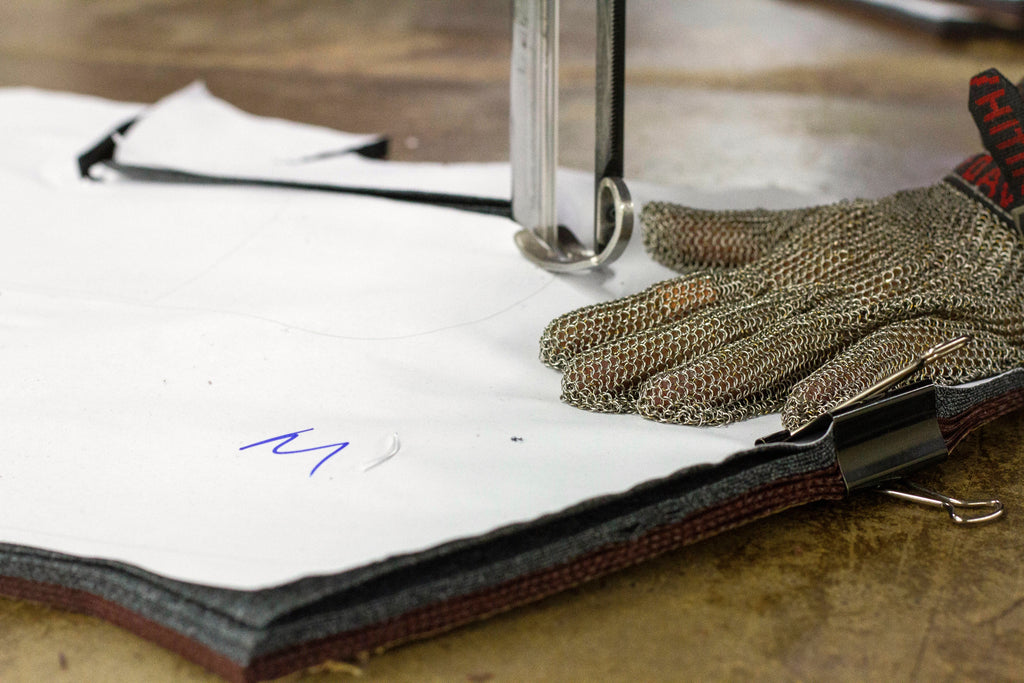BEHIND THE SCENES :: Fall/Winter Production
Here at TAHOEMADE™ we have made it our mission since day one to implement sustainable practices while providing the highest quality apparel to you - our friends, our families, and our valued followers from all over the world. We source all of our fabrics from within the country as well as Canada and Mexico (where do you think we get those authentic serapes for the hoodies?). From this point the fabrics and their coinciding spec sheets are sent to our manufacturer in San Francisco. Now you may be thinking…wait isn’t it TAHOEMADE? Like made in Tahoe? Well, not quite. All of our garments are designed in and inspired by our beautiful home of Lake Tahoe, however, due to limitations in trained technical sewers/cutters in our region, economic factors and the fact we want to deliver the highest quality garments, our manufacturing is executed just a couple hours away in the Bay.

This past week we headed down into the heart of San Fran to check in how production of our new collection, Desolation was coming along.

The building itself stands tall on Market Street as pedestrians from all walks of life hustle and bustle their way along the brick sidewalk. Upon entering, we are elevated up to the fourth floor where rows of intricate sewing machines and cutting machines sit on top of the employee work stations while rolls of various fabrics and threads line the walls.

While speaking to the manufacturing offices manager, Miranda, we were able to get some more information on the factory and its employees.
Miranda herself has been in the business for over thirty years, working both in Hong Kong and here at National Apparel for the last ten years.
National Apparel has been in the city for over fifteen years and their business has grown over the years as the number of manufacturing firms has dropped significantly. Miranda reveals that, “In San Francisco there were more than 600 sewing factories twenty or thirty years ago, but now its narrowed down to less than sixty. And it used to be that our shop was small but now its changed to a pretty good size… not the biggest but maybe within the five biggest in San Francisco.”

When we asked her about the sewing and cutting industry as a whole she disclosed that the industry is dwindling because of the lack of trained laborers, however, it still does create job opportunities in larger cities such as San Francisco and Los Angeles.
They do everything from the cutting and sewing, to adding the trimming and packaging the garment.

We were able to catch the head cutter go to work on our fabrics for our Gefo Hoodie half-zip, dropping this winter along with the rest of the Desolation Collection.

The roll of fabric is first laid out on the table. The marker sheet, which is used as a blueprint for the cutting process, is then laid on top of the layers of fabric to be used a visual guideline.

At this point, the cutter meticulously runs the cutting blade through the layers of fabric, making precise cuts along the marked guidelines, forming the pieces of fabric that will soon become part of a greater whole.



After sewing the pieces together, any trimmings are added to the garment, including zippers, hang tags, etc. From there the garment is packaged and ready for delivery.
Check out the video below and be sure to follow us on Facebook and Instagram

